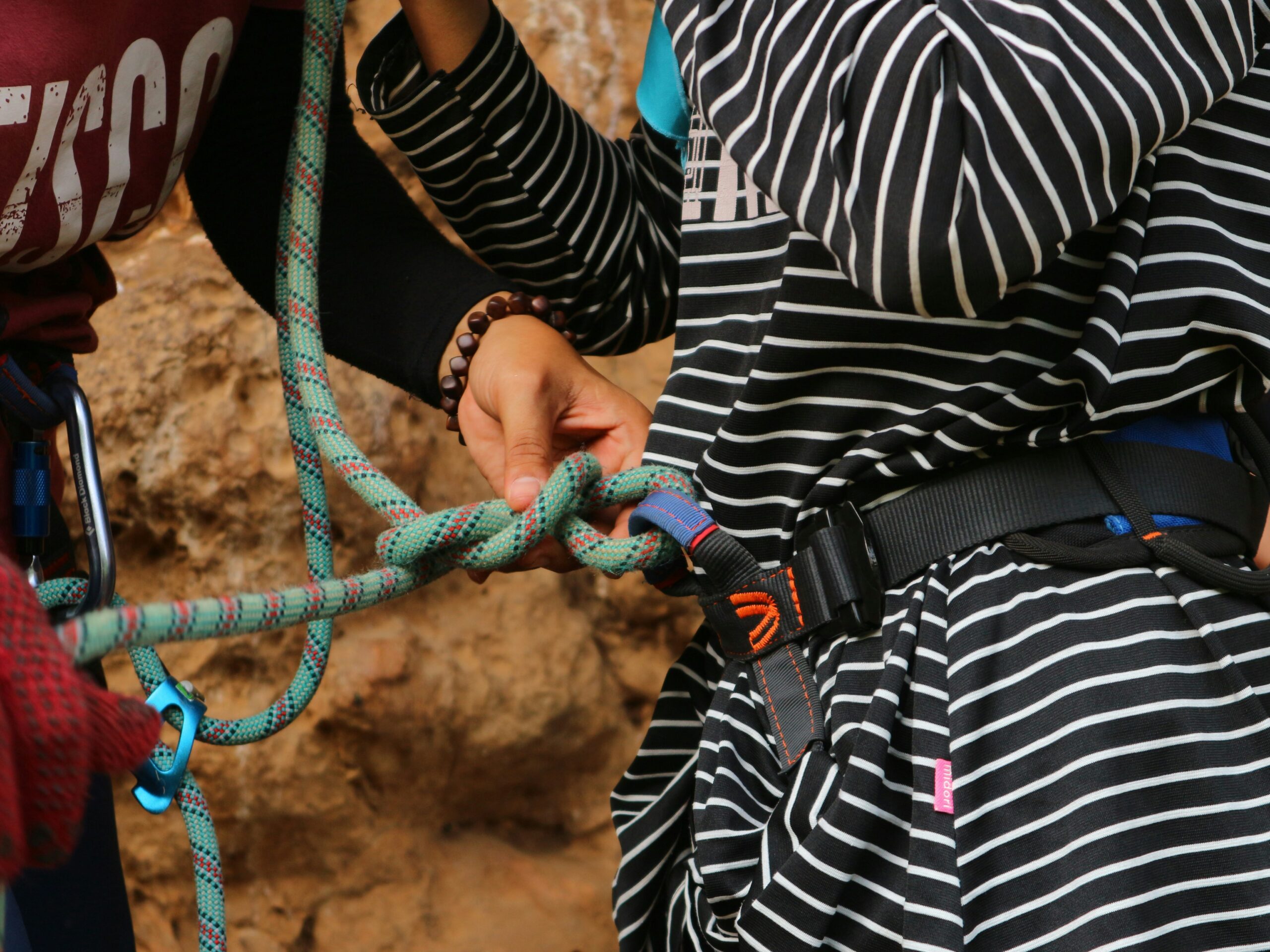Adventure travel is exciting but comes with its challenges. From rock climbing to canyoning, having the right gear is crucial. One of the most important pieces of equipment is a climbing harness.
A poorly fitted or unreliable harness can ruin your trip and, more importantly, put you at risk. Using a high-quality harness ensures safety, comfort, and confidence as you tackle new adventures. For travelers exploring different terrains, knowing how to choose, use, maintain, and carry your harness can make a big difference.
In this guide, we’ll share essential tips for adventure travelers to get the most out of their climbing harnesses while staying safe and prepared.
1. Buy from Reputable Sellers
Choosing the right harness starts with buying from trusted sources. Using certified climbing harnesses from well-known brands ensures quality and safety. When buying, look for authentic labels and certification marks.
Avoid unbranded or second-hand harnesses unless their history and condition are fully verified. For example, these days, Black Diamond is gaining popularity for providing climbing harnesses that meet international safety standards and come with reliable warranties. Investing in a reputable product is not just about comfort—it’s about trust and protection.
A high-quality harness can withstand daily wear, provide secure attachment points, and ensure that your adventure remains enjoyable without unnecessary risk.
2. Check for Proper Fit and Condition
A harness should fit snugly without being uncomfortable. Before each trip, inspect your harness for any fraying, tears, or loose stitching. Check that the waist and leg loops adjust comfortably and securely.
Buckles and straps should move smoothly but hold firmly once locked. Make sure the harness is compatible with your ropes, carabiners, and other equipment. A proper fit prevents slipping or chafing during climbs.
Even a brand-new harness should be tested and adjusted before actual use. By checking both condition and fit, you reduce the risk of accidents and increase overall confidence while adventuring in challenging environments.
3. Understand Correct Usage
Proper usage is key for both safety and comfort. Always put on the harness according to the manufacturer’s instructions. Double-check that the waist buckle and leg loops are secured before starting a climb.
Follow guidelines on maximum weight, attachment points, and rope compatibility. Use the harness only for the activities it was designed for—whether rock climbing, via ferrata, or canyoning. Avoid improvising with accessories that could compromise safety.
Spending a few extra minutes to ensure correct use every time can prevent injuries and make your climbing experience much more enjoyable. Proper usage helps you focus on the adventure rather than worrying about equipment.
4. Maintain Harness Longevity
A harness is an investment that requires care. After each trip, rinse it with fresh water if exposed to dirt, sand, or saltwater.
Let it air dry away from direct sunlight to prevent material degradation. Avoid exposure to harsh chemicals that can weaken the fabric. Store the harness in a cool, dry place, and keep it away from sharp objects.
Periodically inspect all straps, stitching, and attachment points for signs of wear. Replacing a worn harness is safer than risking failure on a climb. Proper maintenance ensures your harness remains reliable for multiple adventures and provides peace of mind during every trip.
5. Travel and Carry Tips
Transporting a harness safely is just as important as using it correctly. Use padded or protective bags to prevent crushing or tangling. Keep it separate from heavy or sharp items that could damage straps or buckles.
If your trip involves flights, make sure the harness is packed in a way that is easily accessible for last-minute use or inspections. Avoid folding it tightly, as this can stress the material over time. Proper travel and storage care ensure your harness is ready to perform perfectly the moment you reach your adventure destination.
6. Practice Safety with Accessories
A harness works best when paired with the right accessories. Always use helmets, ropes, and carabiners that meet safety standards. Avoid mixing worn-out or incompatible gear with your harness.
Check that all attachments are secure and load-rated appropriately. Following adventure-specific safety guidelines, including belay and anchor procedures, keeps you protected during climbs.
Regularly reviewing safety procedures and gear compatibility ensures the harness performs as expected and your adventures remain safe and enjoyable.
Conclusion
Adventure travel requires preparation, and a high-quality harness is essential. Buying from reputable sellers, checking fit and condition, understanding proper usage, and maintaining the gear all contribute to safe and enjoyable experiences. Using protective travel methods and pairing your harness with the right accessories further enhances safety. For travelers exploring challenging landscapes, climbing harnesses from trusted providers give confidence and reliability. Following these tips ensures that every climb, canyon, or adventure is both fun and safe, letting you focus on exploring new heights rather than worrying about equipment.
